15 Fruits Lowest in Calories

Fruits are one of the healthiest and most nutrient dense food groups: they are a great source of fiber, vitamins, antioxidants and water. They are also one of the lowest calorie foods and are therefore great for anyone trying to lose weight.
Not all fruits are created equal. Some are higher in natural sugars, and calories than others.
The list below is designed to provide you with the lowest-calorie fruits. These include strawberries, peaches, cantaloupe, honeydew melon, grapes, blackberries, and papaya.
For more, see the complete nutrient ranking of fruits low in calories.
List of Low Calorie Fruits
-
1. Strawberries + Add
Calories per Cup Calories per 100g 53 calories 32 calories -
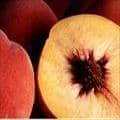 2. Peaches + Add
2. Peaches + Add
Calories per Cup Calories per 100g 60 calories 39 calories -
3. Cantaloupe + Add
Calories per Cup Calories per 100g 60 calories 34 calories -
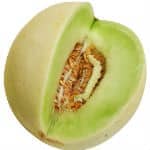 4. Honeydew Melon + Add
4. Honeydew Melon + Add
Calories per Cup Calories per 100g 61 calories 36 calories -
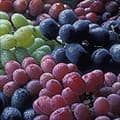 5. Grapes + Add
5. Grapes + Add
Calories per Cup Calories per 100g 62 calories 67 calories -
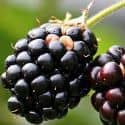 6. Blackberries + Add
6. Blackberries + Add
Calories per Cup Calories per 100g 62 calories 43 calories -
7. Papaya + Add
Calories per Cup Calories per 100g 62 calories 43 calories -
 8. Raspberries + Add
8. Raspberries + Add
Calories per Cup Calories per 100g 64 calories 52 calories -
9. Apples + Add
Calories per Cup Calories per 100g 65 calories 52 calories -
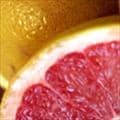 10. Grapefruit + Add
10. Grapefruit + Add
Calories per Cup Calories per 100g 74 calories 32 calories -
 11. Apricots + Add
11. Apricots + Add
Calories per Cup Calories per 100g 74 calories 48 calories -
12. Plums + Add
Calories per Cup Calories per 100g 76 calories 46 calories -
13. Pineapple + Add
Calories per Cup Calories per 100g 83 calories 50 calories -
14. Blueberries + Add
Calories per Cup Calories per 100g 84 calories 57 calories -
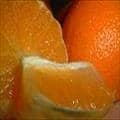 15. Oranges + Add
15. Oranges + Add
Calories per Cup Calories per 100g 85 calories 47 calories
From the Nutrient Ranking Tool
Use the ranking tool links below to select foods and create your own food list to share or print.
- Foods High in Calories
- Foods Low in Calories
- Vegetables High in Calories
- Fruits High in Calories
- Vegetarian Foods High in Calories
- Nuts High in Calories
- Grains High in Calories
- Beans High in Calories
- Dairy High in Calories
- Breakfast Cereals High in Calories
- Fast Foods High in Calories
View more nutrients with the nutrient ranking tool, or see ratios with the nutrient ratio tool.
Related
Data Sources and References
Simplify Nutrition Tracking with MyFoodData!
Speedy Tools and Detailed Data FREEEasily analyze your meals to find the best foods for your goals.
✅ Use our recipe nutrition calculator and nutrition comparison tool.
✅ Access expert nutrition data tools and in-depth articles.
✅ Log foods and organize your recipes with a free account.

 Next ➞
Next ➞
